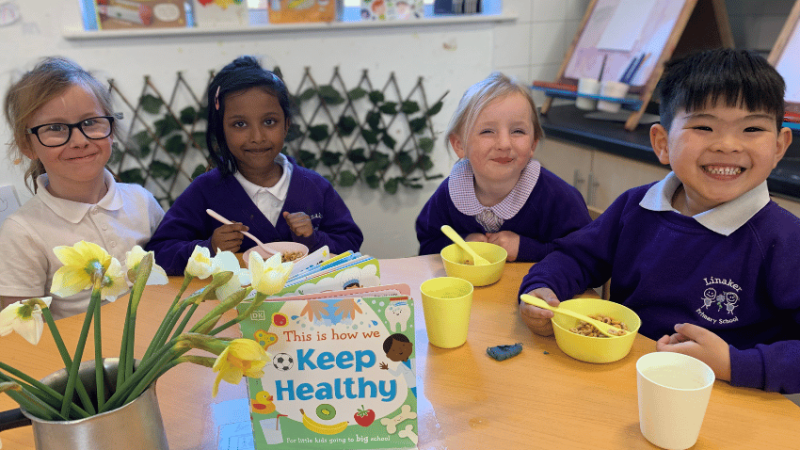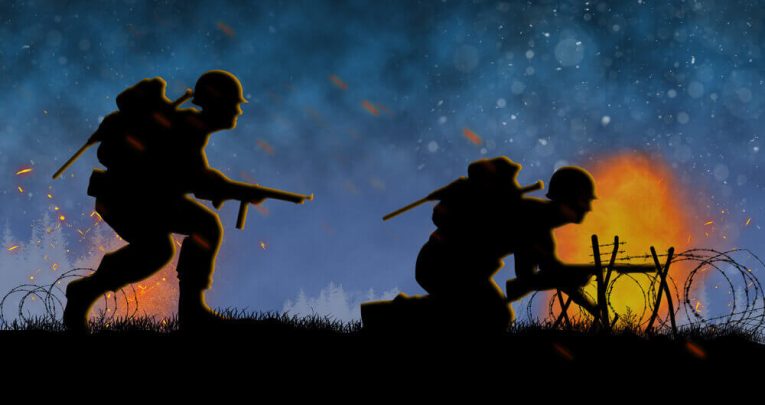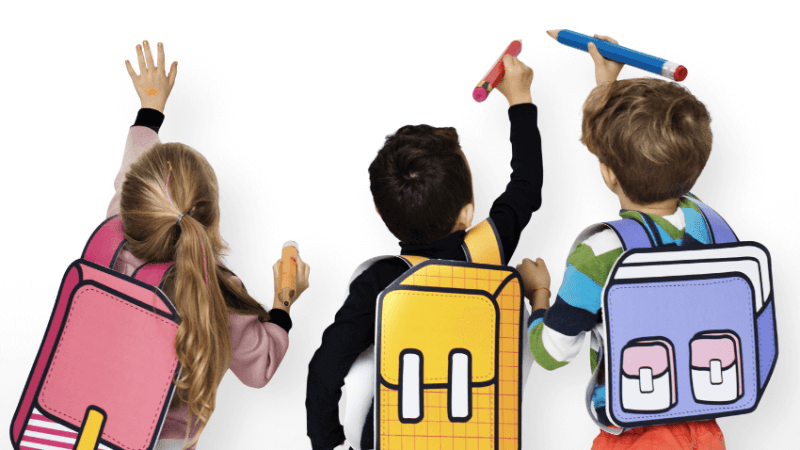Non Fiction November – Best 2024 resources and activity ideas
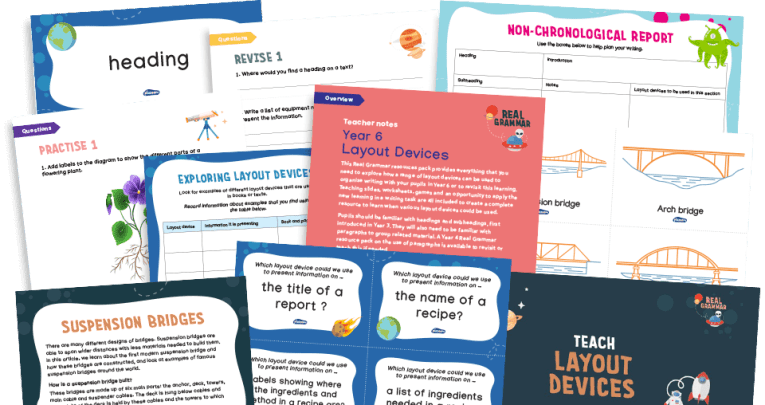
Use November to join in with this annual celebration of the power of non-fiction…

- by Teachwire
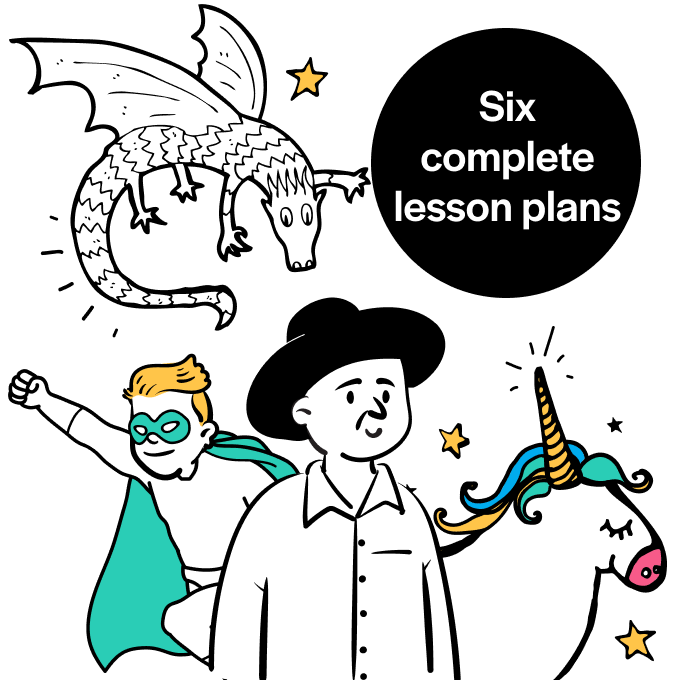
What is National Non-Fiction November?
National Non-Fiction November is an annual celebration of the power of non-fiction to inspire children and celebrate readers who have a passion for information and facts. It’s organised by the Federation of Children’s Book Groups.
During the month, schools and libraries can get involved by organising and taking part in activities and competitions.
What is the theme for 2024?
The theme for National Non-Fiction November 2024 is ‘Why don’t you?’. The theme aims to stimulate discussion about hobbies and leisure activities and encourage children to try something new. Download an official pack of ideas here.
Non Fiction November primary resources
Pie Corbett KS2 Non-Fiction Collection
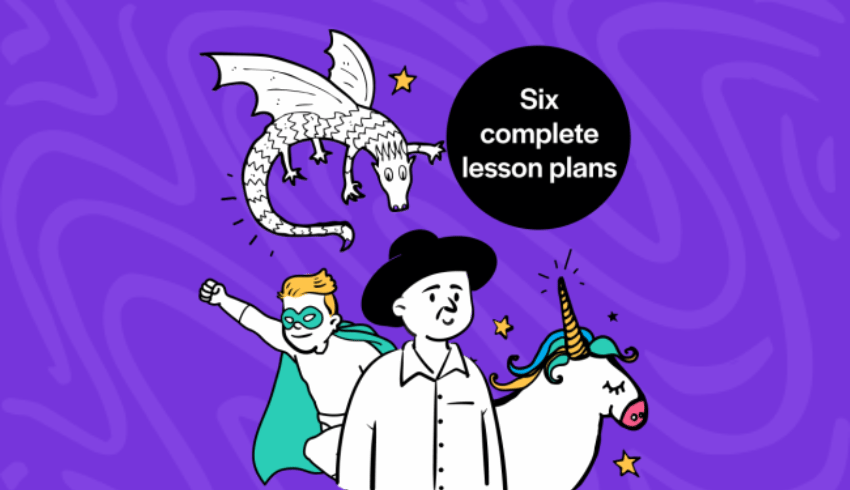
Use this free KS2 non-fiction collection from Pie Corbett to inspire children to get writing.
Each resource contains an original text in Powerpoint form. Plus you also get a PDF full of activity ideas to help pupils create their own non-fiction text. Text types covered include instructions, persuasive writing and non-chronological reports.
Enter a competition

Pupils aged 5-12 are invited to take part in a National Non Fiction November 2024 competition. They need to create an advert for their hobby in the format of their choice. Entries need to be in by 2nd December 2024.
Real Comprehension programme for Y1-6
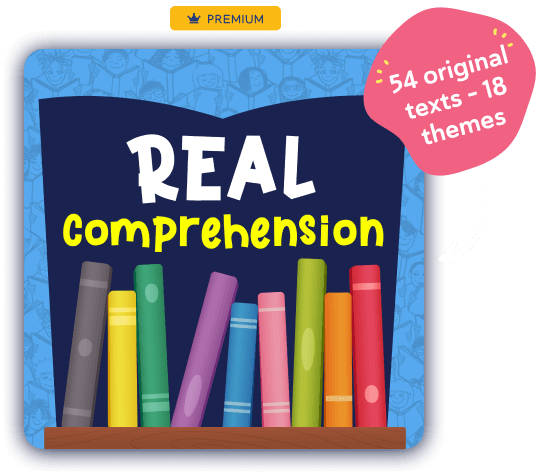
Real Comprehension from Plazoom offers three thematically-linked original texts (fiction, non-fiction and poetry) per year group, per term. Plus you get all the resources you need to explore them.
Published children’s authors have provided all of the texts. They’ll help you to build a deeper understanding through close-reading and guided reading techniques.
Lots by Nicola Davies
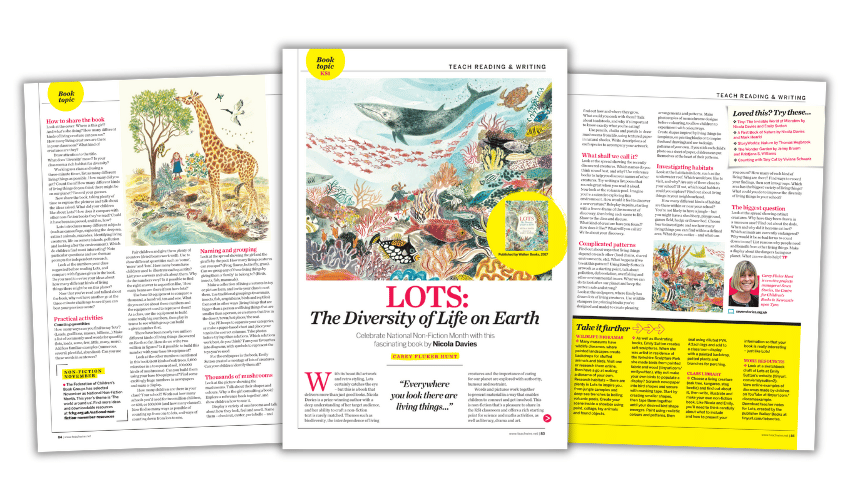
Cover biodiversity, the interdependence of living creatures and the importance of caring for our planet with the non-fiction title Lots by Nicola Davies. Our free PDF covers lots of KS1 cross-curricular ideas.
Using humour in non-fiction writing
Encourage KS2 pupils to use judicious humour in non-fiction writing, using advice from stand-up comedian, TV presenter and super-space-fan Dara Ó Briain.
The free resources pack from Plazoom has been exclusively created to be used with episode eight of the Author In Your Classroom podcast – a virtual ‘author visit’ you can share with children whenever you like, absolutely free!
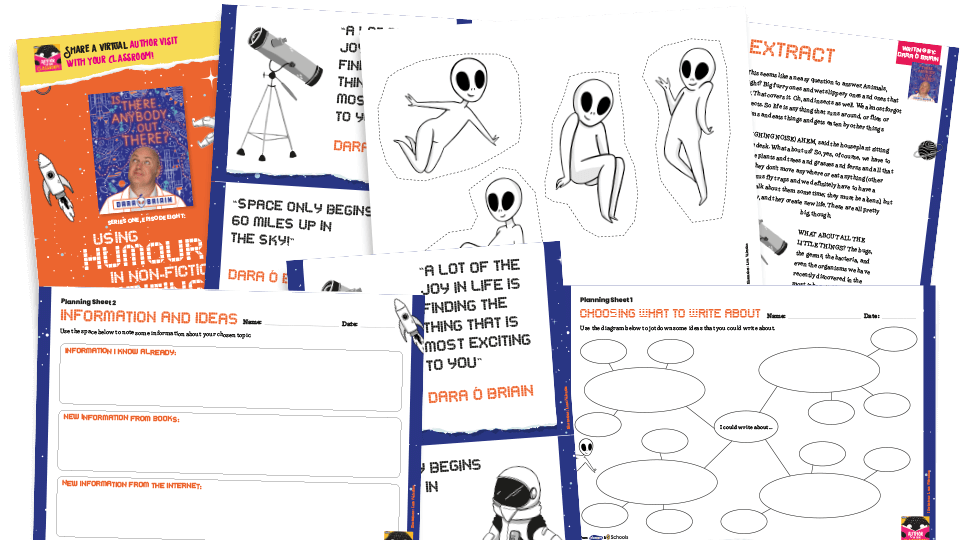
Improve vocabulary with non-fiction texts
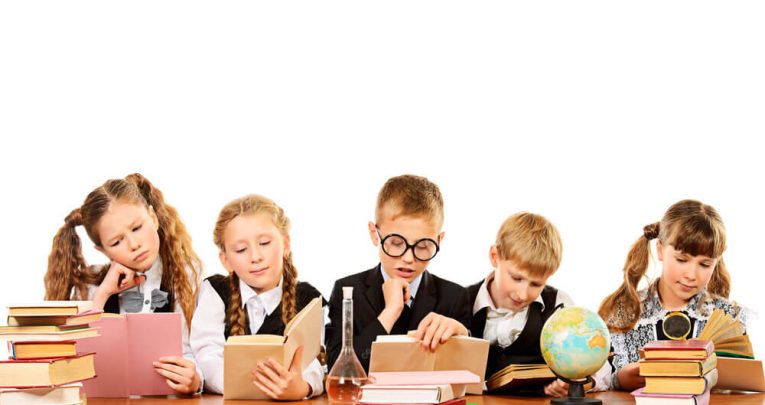
In this article by teacher Hannah Rix, you’ll learn how non-fiction books can help develop:
Trending
- vocabulary
- spoken language skills
- debates in the classroom.
Hannah covers key classroom approaches, supporting vocabulary teaching and suggests some of her favourite non-fiction texts for KS1 and KS2.
Layout devices for Year 6
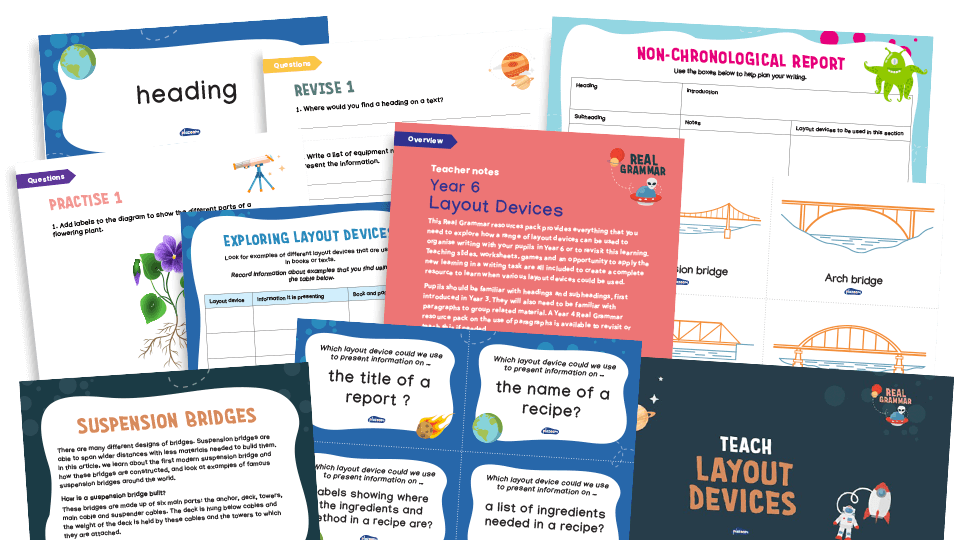
This Real Grammar KS2 resources pack from Plazoom will help your class explore how to use layout devices to organise their writing. It includes teaching slides, worksheets, games and an opportunity to apply new learning in a writing task.
Recount planning templates
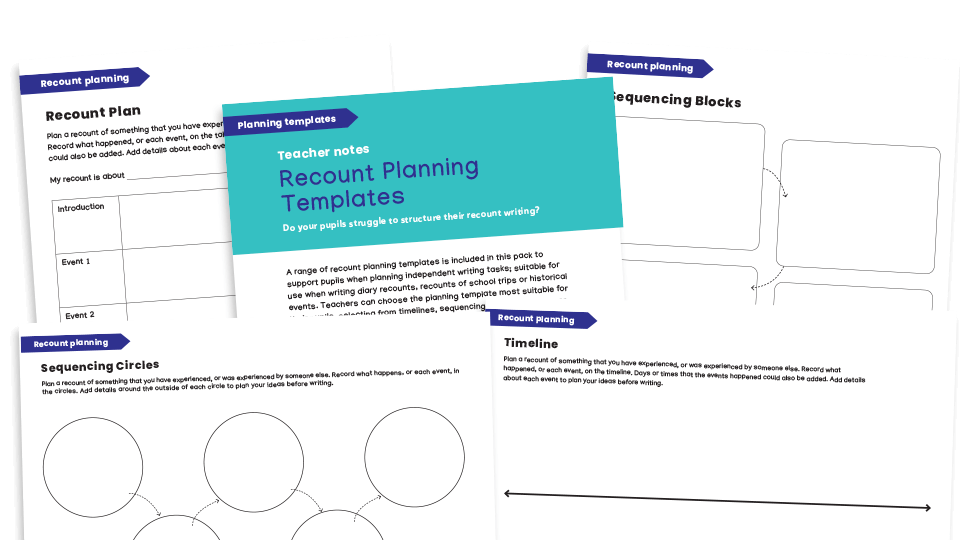
Use this range of recount planning templates from Plazoom to support pupils when planning independent writing tasks such as diary entries and recounts.
Choose the planning template most suitable for your pupils – including timelines, sequencing circles and more traditional table planning sheets.
How to make non-fiction matter in your classroom
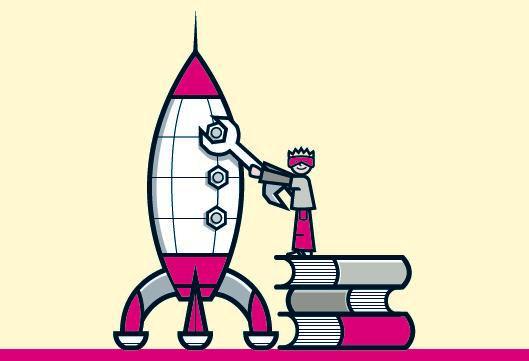
Assistant headteacher Emma Hughes-Evans argues that schools should encourage children to read Playstation manuals as well as Harry Potter. Here she provides ideas for using fiction to inspire non-fiction.
Non Fiction November secondary resources
GCSE English non-fiction pack
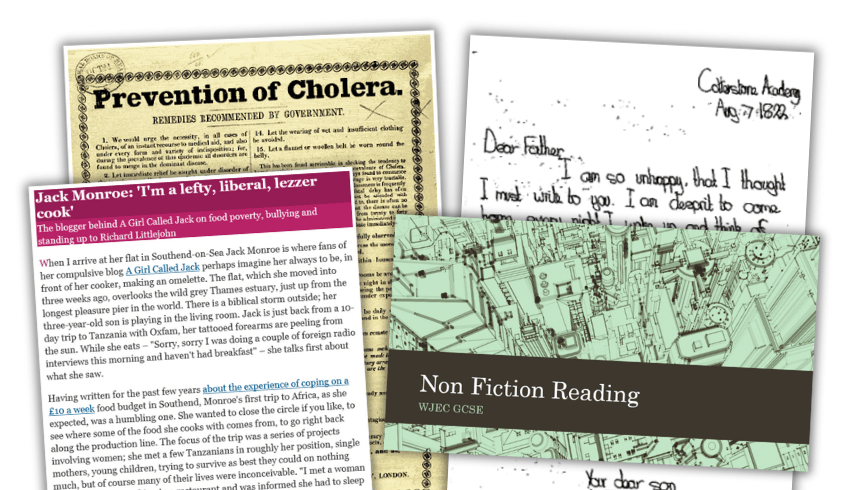
This GCSE English non-fiction texts pack contains a selection of 19th- and 21st-century non-fiction articles. There’s also a PowerPoint to use in the lesson, containing thematic starters and plenaries.
Developing ideas with non-fiction
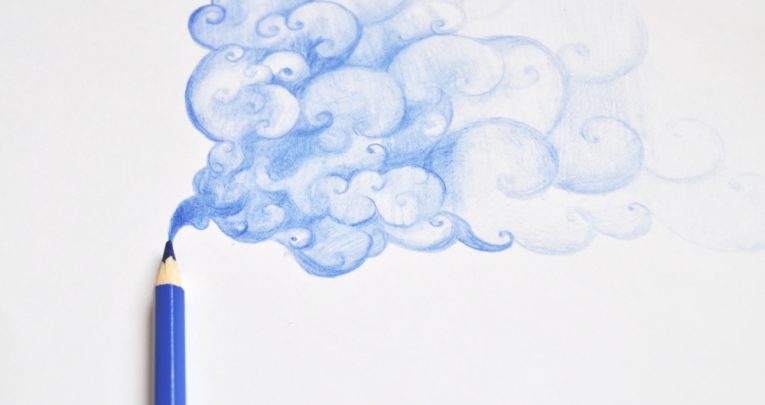
Join English teacher Chris Curtis as he discusses why we need planning and a willingness to see ideas through to their conclusion if students are to be successful at writing non-fiction.
“Non-fiction is lively, fun, current, sarcastic, passionate and sometimes dangerous”
More activity ideas
Scavenger hunt
Give each team or pupil a checklist of different types of non-fiction to find on the shelves of your library or classroom. Alternatively, give pupils a selection of non-fiction books. Ask them to hunt for different text features, such as headings and labelled diagrams.
Pass the parcel
Wrap up a non-fiction title, but add a picture of the cover of another non-fiction book between each layer. As you pass the parcel round, discuss and share each cover. The winner gets to keep the book in the parcel.





